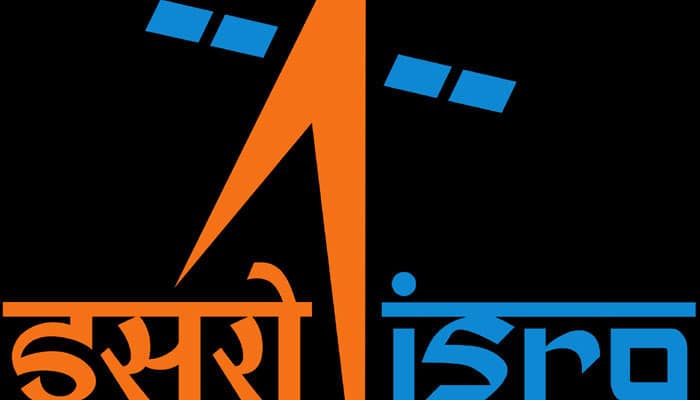New Delhi: The Indian Space Research Organisation (ISRO) has been setting benchmarks for its global counterparts and has gained a solid foothold in the space race.
After its last big launch of the Cartosat-2 series and 30 co-passenger satellites last month, ISRO has won the appreciation and admiration of people from around the world.
With its commendable space program, ISRO is being lauded across the globe as one of the pioneers in space, along with exemplaries like NASA, JAXA and Roscosmos.
Considered the new kid on the block in the multi-billion dollar world launcher market, aims to set an enviable benchmark for the space-fairing nations and the space agency's latest announcement will certainly ensure its leading position in the space race.
According to a report in the Times of India (TOI), ISRO has announced the launch of two lunar missions from Indian soil early next year.
The first one will be the Chandrayaan-2 mission, an advanced version of its previous 2018 mission with the objective of deeper lunar surface probe, and the second mission will be an initiative by Team Indus – a group of space enthusiasts that wants to unfurl the tricolour on the moon's surface as part of a global lunar competition.
Roping in investors like Infosys co-founder and former UIDAI chairman Nandan Nilekani and space experts such as former ISRO chairman K Kasturirangan and many experienced old hands from the Indian space agency, Team Indus is leaving no stone unturned to achieve its goal.
Comprising mostly young engineers and led by IIT-Delhi alumnus Rahul Narayan, Team Indus is planning the mission as part of a global contest to win $30 million Google Lunar XPRIZE, which requires the rover of a competing team to move 500 metres on the moon's surface and should be able to beam back high-definition images back to Earth.
Praising the aerospace startup, Nilekani told TOI, "Team Indus is pursuing a big hairy audacious goal. I invested in Team Indus as I believe in their audacious mission to reach and land on the moon."
Confirming the use of PSLV service for the Team Indus project, ISRO chairman AS Kiran Kumar told TOI, "Team Indus has signed an agreement with Antrix (ISRO's commercial arm) for using the launch service of PSLV."
Explaining the difference between the two missions, the ISRO chief said, "Both the missions are scientifically and technically totally different.
Even the instruments used in the two spacecrafts will be different. There is no question of any comparison." Kiran Kumar wished Team Indus "all the best for the mission", TOI reported.
While Team Indus is using the service of PSLV to take its 600-kg baby spacecraft to the lunar orbit, ISRO will use its heavylift rocket GSLV Mk II for the mission.
Dr K Sivan, director of Thiruvananthapuram-based Vikram Sarabhai Space Centre, told TOI, "Unlike the 2008 Chandrayaan-1 mission when PSLV rocket was used for carrying the spacecraft, this time ISRO is planning to take a heavier payload (combined launch mass: 3,250 kg) comprising orbiter, lander and rover to the moon. Therefore, GSLV Mk II is the preferred choice."
















